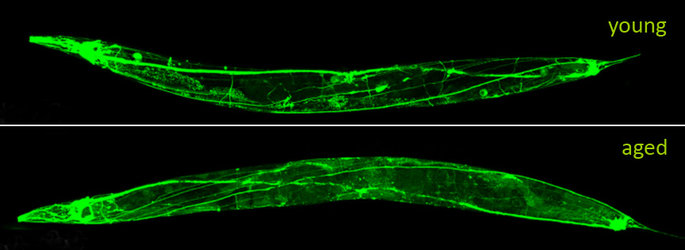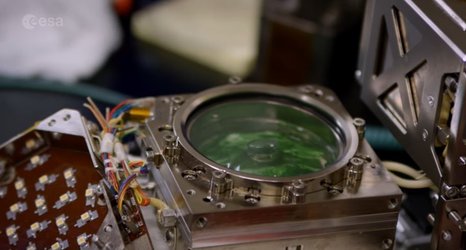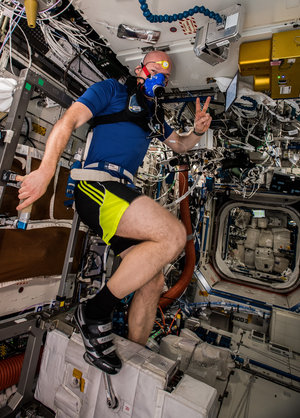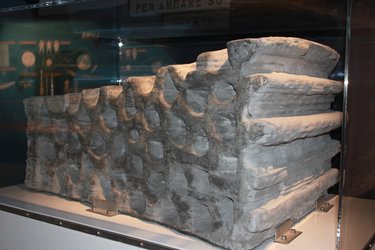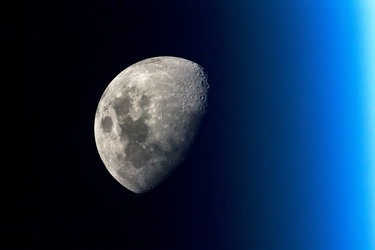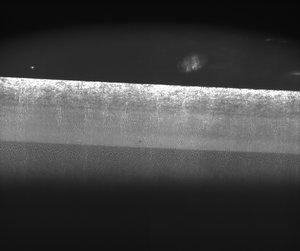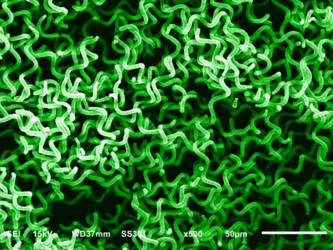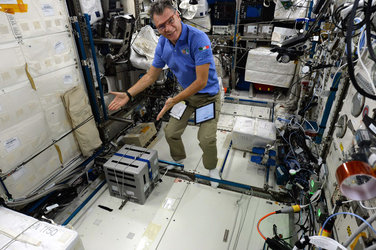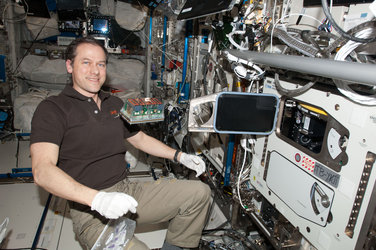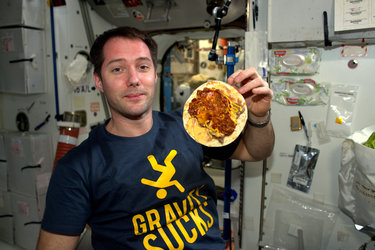Plasma Kristall
Our world is made of atoms and molecules, but even with the most powerful microscopes we can only see snapshots, never how they move and interact with each other. To model how atoms behave, researchers have been using plastic particles in weightlessness.
The Plasma Kristall experiments have been slow-cooking since 1998 using the same recipe: mix electrically charged gas in a sealed container with particles so small they would pass through a coffee filter. Perform the experiment in ‘weightlessness’ to keep the particles suspended. Apply electrical current in a plasma-filled tube to coax the particles to behave like atoms and form three-dimensional crystal structures.
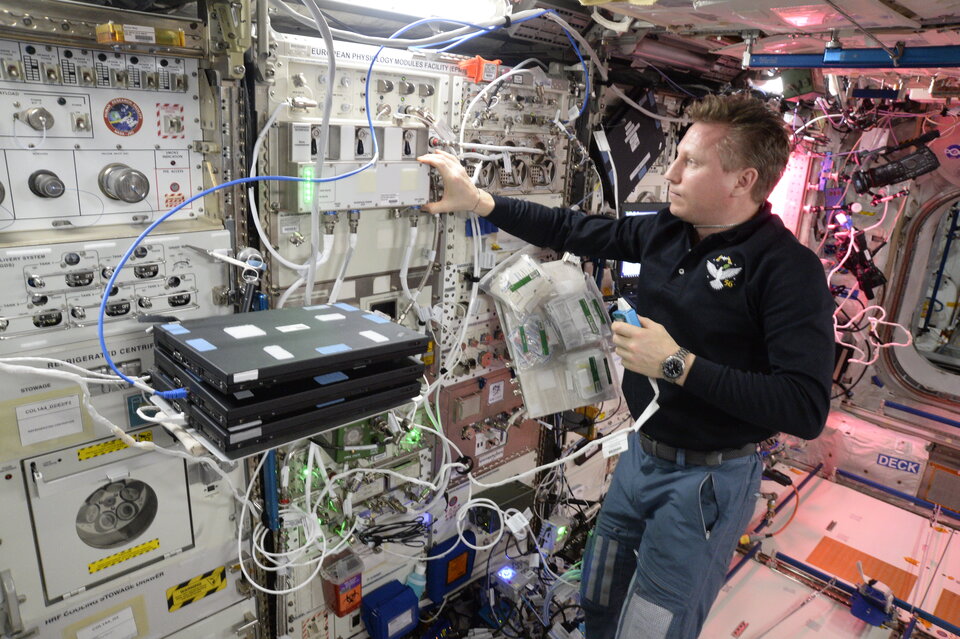
This ‘recipe’ comes from a European-Russian collaboration that started running experiments on parabolic flights, then ventured farther into space on sounding rockets followed by experiments on the Mir space station, which have been continued on the International Space Station since 2001.
Doing this research on Earth is not possible – Plasma Kristall models atomic interactions on a larger scale, making their motion visible to us.
In 2017, a problem with the valve that regulates the gas flow forced an 18-month pause in the experiment. A refurbished valve allowed Plasma Kristall-4 (or PK-4) to resume operations in November 2018.
Proxy atoms, gas and laser
A plasma is an electrically charged gas, somewhat like lightning, that rarely occurs on Earth. It is considered to be the fourth state of matter, distinct from gas, liquids and solids. Plasma for the PK-4 experiment is created with neon or argon gas in tubes that make particles electrically charged.
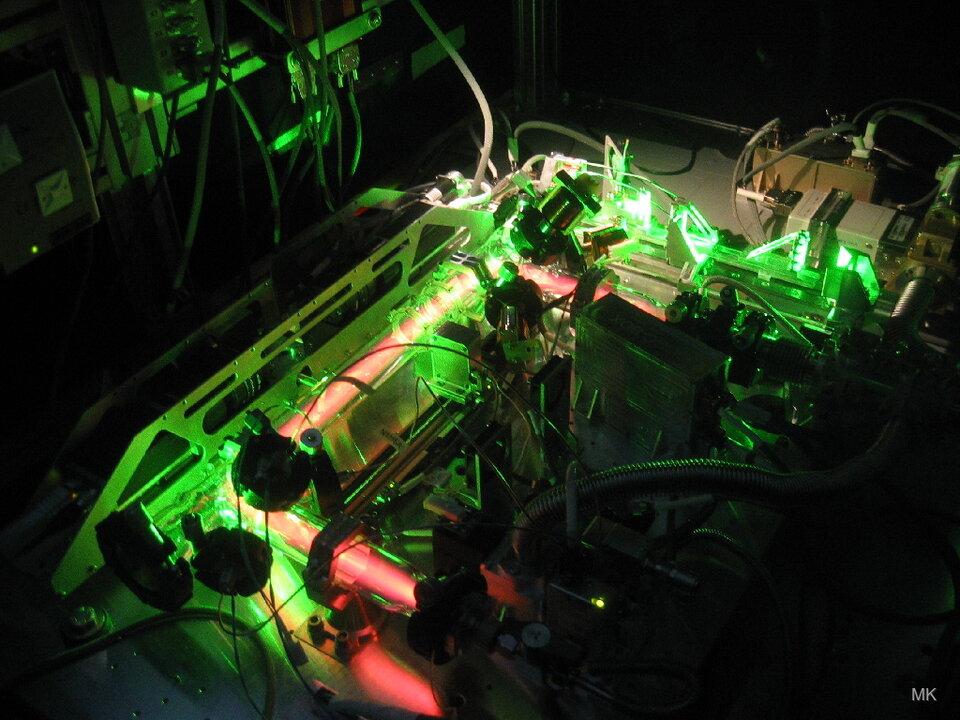
Scientists excite the particles with electrical fields, a laser and changes in temperature to get them to move them in the plasma.
These manipulations cause the proxy atoms to interact strongly, leading to organised structures – plasma crystals. The plastic particles in PK-4 bond or repulse each other just as atoms do on Earth in fluid state.
By adjusting the voltage across the experiment chamber scientists can tailor their interactions, and observe each particle as if in slow motion. Using PK-4, researchers across the world can follow how an object melts, how waves spread in fluids and how currents change at the atomic level.
The science campaigns cover phase transitions, microscopic motions and shear forces. Shear forces are a hot topic in fundamental physics as they define air pressure along an aircraft wing for example.
The future of plasma
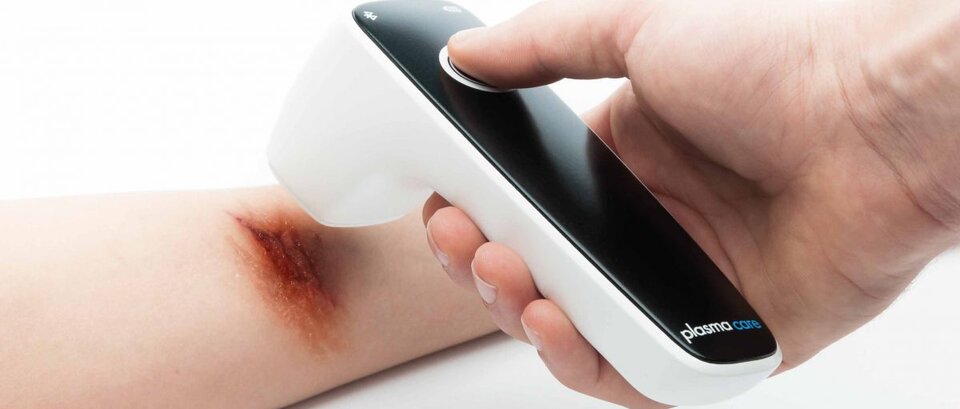
This research is offering theoretical knowledge for future scientists and engineers, and its implications will be evident in future generations.
A team of scientists has already made use of the knowhow gained from developing the experiment, to build plasma devices that disinfect wounds at room temperature. This revolution in healthcare has many practical applications, from food hygiene to treatment of skin diseases, water purification and even neutralising bad odours.



